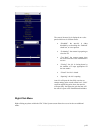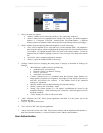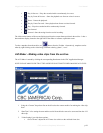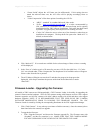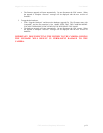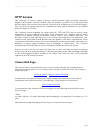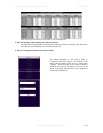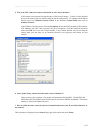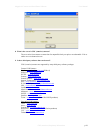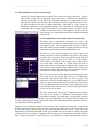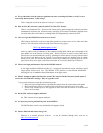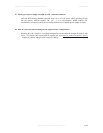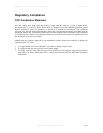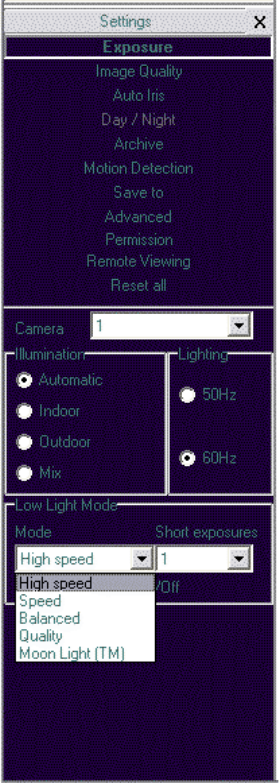
Megapixel Cameras and Surveillance Software User Manual
CBC (America) Proprietary Information p.37
10. When should the user choose auto-iris option?
Certain CBC cameras support auto-iris option. These cameras are: MP2A and MP5A. Auto-iris
option allows keeping the lens optimally closed when there is sufficient scene illumination,
providing good depth of focus. When the illumination diminishes the camera opens the lens,
allowing more light to reach the sensor, thus extending the sensitivity range of the camera. Auto-
iris option should only be used for outdoor applications, where there is a large variation in
illumination conditions. In many applications the auto-iris is unnecessary. It is important to keep
in mind that the best image quality will be achieved with megapixel lenses. The auto-iris lenses
available on the market today are not megapixel and will yield the
images that are less crisp than those that can be obtained with manual
megapixel lens.
12. What adjustments can be made to reduce the motion blur?
The shutter speed is automatically controlled by the camera. The
motion blur may occur when the camera operates slow shutter speeds
(long exposure times). This may happen when the scene is relatively
dark. CBC cameras provide a number of options that allow the user to
control auto-exposure behavior when the illumination is low.
The user can set the preferred exposure time that the camera will
attempt to maintain as long as illumination level allows. This setting
essentially allows the user to choose the tradeoff between gains and
exposure time at reduced light levels. There are 3 basic settings:
Speed, Balance, and Quality. These settings can be selected from
“Low Light Mode” menu Mode list. Speed setting will result in
higher image noise but will attempt to maintain 10ms exposure time
for as long as possible, reducing motion artifacts. Quality setting will
maintain 40 ms exposure time, resulting in low-noise image with some
motion blur in low light. Balanced setting is in between.
There are also two special modes, High Speed and MoonLight™ that
can be used for very fast moving targets and very low illumination,
respectively. High Speed mode allows the user to specify fixed
exposure time in terms of milliseconds (from 1 to 10). While this will
allow crisp video of fast moving vehicles, the side effect of this setting
is that low-light performance of the camera will be significantly worse
(up to 800 times) than in default mode. Therefore, High Speed should
only be used for well lit scenes.
The other special mode, MoonLight™ implements long exposure
times (up to 0.5 seconds) in combination with proprietary noise
cancellation technology. This mode allows viewing under extremely
low illumination conditions. It is important to note, that MoonLight™ is NOT digital frame integration and
will offer significantly better image quality than cameras that employ digital frame integration. However,
the motion blur will still be significant.
Setting the Low Light Mode to Speed is the first thing to do to eliminate the motion blur. If that doesn't
produce enough improvement, the user may want to open the lens aperture more to allow more light in. The
user may also want to consider going with the camera equipped with auto-iris lens - the lens will open
automatically as illumination diminishes. If that is not sufficient, the user may want to consider using lower
resolution camera. For example, 2-megapixel MP2 has larger pixels and has better low-light sensitivity
than a 3-mega pixel product. If that still does not yield sufficient low-light performance then, the user



